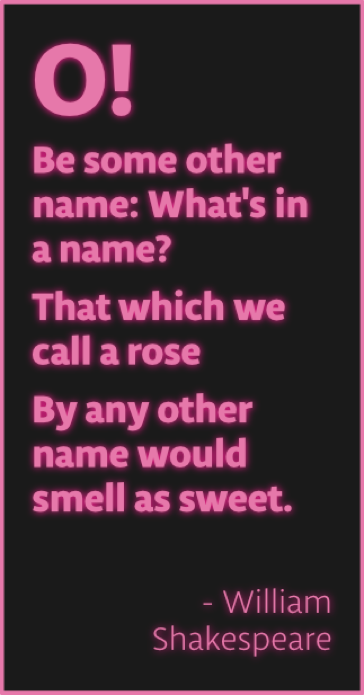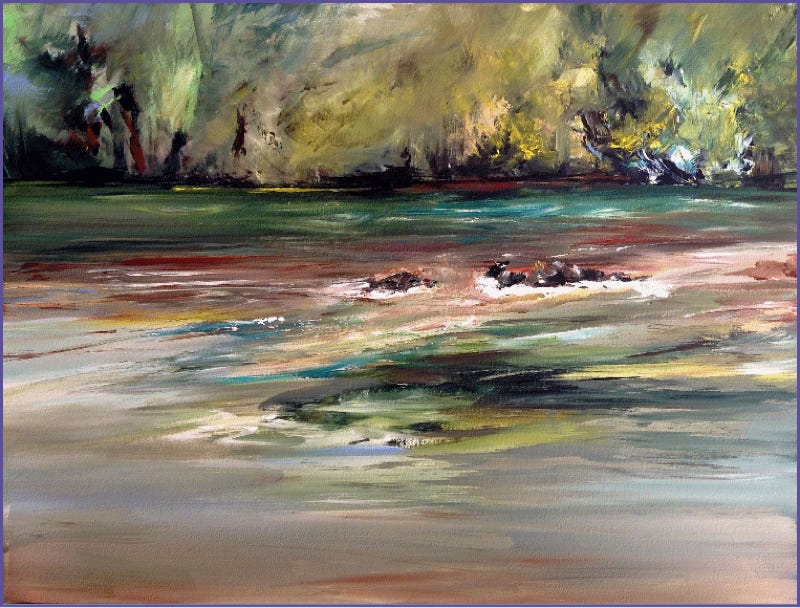916.972.1809

The bottom line? Neither of us loves the term, "landcape architect" even though it's written on our diplomas and official documents. It's confusing. The first time someone hears "landscape architect" they probably have a big red question mark floating over their head saying, "What's that?".
Other words are more fun, more reflective of how we think of ourselves. We want more art, more beauty, more originality....
Not only are we stuck with this term, we're stuck with it in every Western language I've looked up: English, French, Spanish, German, Swedish (landscapsarkitekt). In Japanese, it's zooen-ka: structure + garden + house. Still missing the art and beauty part, but at least garden - en - is in there somewhere.
In French, paysagiste can also be an artist who paints paysages - landscapes. No problem here; we can do that, too.
This is Annette's pick. The core of our work is creativity, beauty, aesthetic value. The fact that form can run off to frolic, leaving function to work out the details. All these things come before the technical side to our work. Saying we're landscape artists might lead some people to think we're painters, but since we do paint landscapes it's fine.
Mike reads a lot of fiction, leading him to prefer words that don't really exist: ecomancer or perhaps geomancer. We deal with energy flow and landforms. Modify, tweak, transform, enhance. Consider the sun's energy transformed by plants into sugars, transformed into food for creatures living in the garden, sometimes people. Energy of water flows through the landscape, too. Over the leaves, into the rain garden, seeping into the soil to rejoin the aquifer. There's the flow of chi, too - the environment's energy: peaceful, awake, contemplative...
Mike would like geomancer more if it didn't relate to divination. Although we're supposed to see into the future of our designs as we create them, it's not the main point. We have to balance all the forces of a design and its environment to create a harmonious whole that evolves into something greater than the sum of the plans and scribbles we produced to set it in motion.
* About the roses:No. landscape architecture training does not typically cover plant pests or diseases. We'll know how big a rose gets, what color flowers it has, its general water and sun requirements, perhaps its preferred soil - but unless we get additional training, we won't know why its leaves are turning funny colors and dropping off.
* Landscape architects, unless they have valid contractor's licenses, don't install or maintain landscapes. They probably don't have the time if they're busy creating plans - and they probably don't have the equipment, either.

Annette is a landscape architect who paints landscapes - both known as "paysagiste" in French. Does this maker her a "paysagiste architecte-paysagiste"? (she's been known to paint roses, too)
OK
Deny
Sets a technical cookie recording you deny consent, you won't be asked again. Unless there’s a bug in the software. It’s not our fault!
Remove
Removes the consent cookie from your browser.